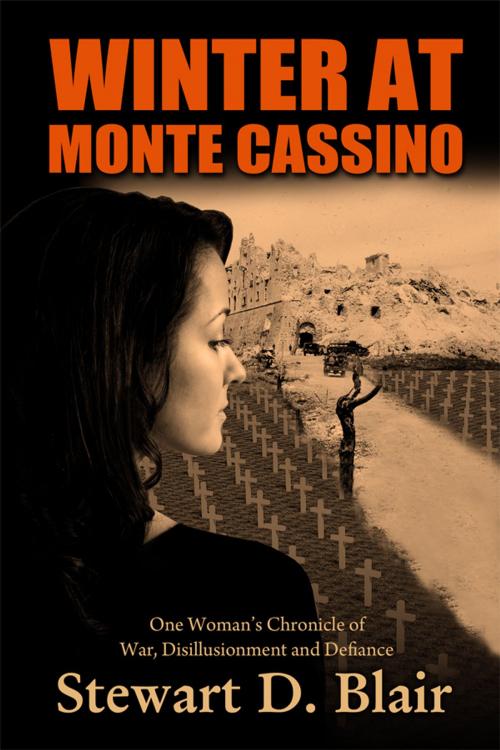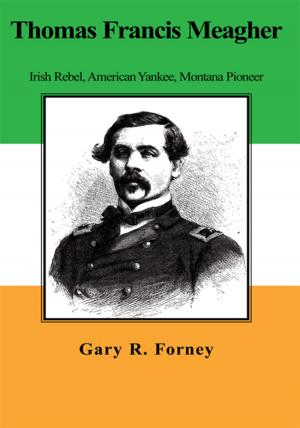| Author: | Stewart Blair | ISBN: | 9781465844057 |
| Publisher: | Stewart Blair | Publication: | December 16, 2011 |
| Imprint: | Smashwords Edition | Language: | English |
| Author: | Stewart Blair |
| ISBN: | 9781465844057 |
| Publisher: | Stewart Blair |
| Publication: | December 16, 2011 |
| Imprint: | Smashwords Edition |
| Language: | English |
Winter at Monte Cassino is a story told by Lieutenant Patricia Hampton, a member of the U.S. Army Photographic Section and a uniquely educated classical historian, who is brought over by her godfather General Mark Clark to create a visual record of his advance north to liberate Rome, Italy in late 1943.
It records the conflict that arises between them, as Patricia comes to realize that though she sees her job as building a faithful photographic history of his progress, he views it only as a means to produce the publicity he needs to get command of the Allied Invasion of France.
In a campaign that goes wrong from the outset, Patricia's experience quickly becomes far less about memorializing any military success, than of wondering whether she ever really knew her godfather for the desperate man he has somehow become. Faced with the increasing likelihood of him authorizing the bombing of Monte Cassino Abbey which blocks his intended line of advance, Patricia is soon forced to decide whether to believe him when he says it is occupied by Germans, or accept the words of the enemy general who assures everyone it is not.
Having discovered the truth for herself, she must then decide whether to passively watch the impending tragedy, or use her camera to somehow prevent it.
Part coming of age story, this is also an adventure tale, as Patricia survives an assortment of ordeals in her pursuit of the truth. But out of the dreadful tragedy comes at least some redemption, as Patricia seizes her own one chance of being a light in the darkness by trying to rescue as many of the innocent civilians inside the Abbey as she can. And afterwards as she watches that Abbey burn, just like her we are all forced to reconsider our definitions of who some of the heroes in this war really were.
Winter at Monte Cassino is a story told by Lieutenant Patricia Hampton, a member of the U.S. Army Photographic Section and a uniquely educated classical historian, who is brought over by her godfather General Mark Clark to create a visual record of his advance north to liberate Rome, Italy in late 1943.
It records the conflict that arises between them, as Patricia comes to realize that though she sees her job as building a faithful photographic history of his progress, he views it only as a means to produce the publicity he needs to get command of the Allied Invasion of France.
In a campaign that goes wrong from the outset, Patricia's experience quickly becomes far less about memorializing any military success, than of wondering whether she ever really knew her godfather for the desperate man he has somehow become. Faced with the increasing likelihood of him authorizing the bombing of Monte Cassino Abbey which blocks his intended line of advance, Patricia is soon forced to decide whether to believe him when he says it is occupied by Germans, or accept the words of the enemy general who assures everyone it is not.
Having discovered the truth for herself, she must then decide whether to passively watch the impending tragedy, or use her camera to somehow prevent it.
Part coming of age story, this is also an adventure tale, as Patricia survives an assortment of ordeals in her pursuit of the truth. But out of the dreadful tragedy comes at least some redemption, as Patricia seizes her own one chance of being a light in the darkness by trying to rescue as many of the innocent civilians inside the Abbey as she can. And afterwards as she watches that Abbey burn, just like her we are all forced to reconsider our definitions of who some of the heroes in this war really were.















